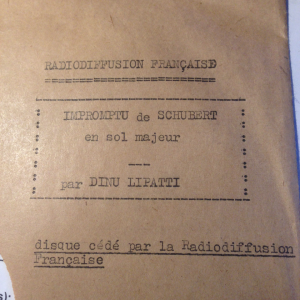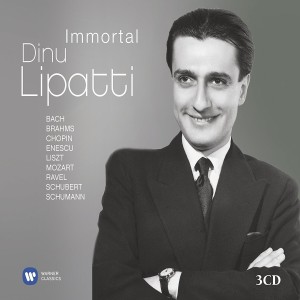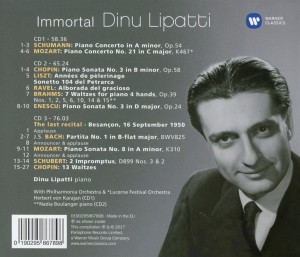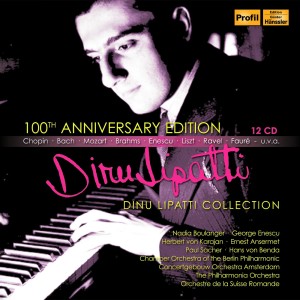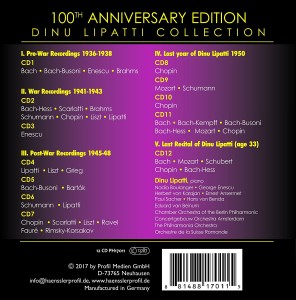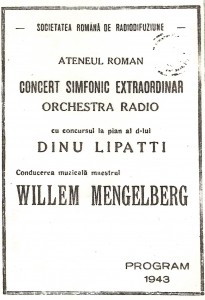After a long wait, some previously lost recordings of Dinu Lipatti are now available! A decade after these recordings were first located in the hands of a collector in Brooklyn, New York, these rare private discs of the great pianist are now available on the Marston Records label (click this link)
This video gives audio samples of the five recordings which were salvaged and explains the general story of these rare performances. Future radio programs and podcasts will explore the details of this ‘detective story’ more fully.
Exciting news for all Lipatti fans!
